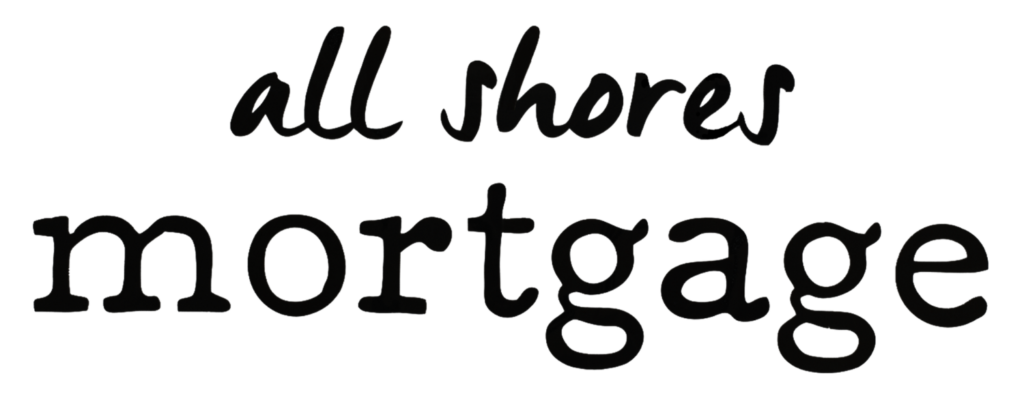Mortgage Types
Choose What Fits for You
Fixed-rate mortgage loans always remain popular because they offer a monthly payment that is predictable and does not change. Most fixed-rate mortgages are for loan terms of 15, 20, or 30 years. A 30 year loan has lower payments, but a slightly higher interest rate. With most programs, you are allowed to pre-pay your mortgage at any time and for any amount, with no penalty.
After an initial term, the interest rate on an adjustable-rate mortgage (ARM) loan is re-set periodically to keep the rate in line with current market interest rates. For example, a 3/1 ARM loan has a fixed rate for the first three years, adjusting once a year thereafter. A 5/1 ARM loan offers a fixed rate for the first five years, and after that, the rate can change once a year during the rest of the term of the loan. The lender sets the interest rate by adding a margin to an index rate, such as Cost of Funds Index and Treasury bill yields. For more information on the Costs of Funds Index, visit the website of the Federal Home Loan Bank of San Francisco. Most ARM loans have a periodic rate cap and lifetime cap to limit the amount the interest rate can increase each adjustment period and over the term of the loan, respectively.
Some loans feature an interest only payment option that allows you to decide monthly how you would like your mortgage payment to be applied. To reduce outlay for a couple of months, you can choose to pay interest only. For the following months, you can make full payments to cover both principal and interest.
This type of loan was popular before the housing crisis and has become much less common in recent years. Today, it is more likely to find this feature on an adjustable rate mortgage than on a fixed rate mortgage. It can be a helpful feature in the right situation, but its ramification need to be fully understood and it should be used with extreme caution.
A reverse mortgage loan is similar to a home equity loan. These programs pay you either a lump sum amount or annuity based on the amount of equity in your home. You or your estate repay the debt when you sell or vacate the home, or at death. Any remaining equity goes to your estate. Unlike home equity debt, however, reverse mortgages do not offer the tax benefits. To participate in these programs, you and any co-borrowers must be at least age 62. You also must have either little or no mortgage debt on your home. There are no income requirements to participate in these programs. Since reverse mortgage loan payments are not considered as taxable income, your Social Security and Medicare benefits are generally not affected. Another feature of these programs is that you are never obligated for more than the value of your home when it is sold.
How Can All Shores Help You?
Whether you’re looking to buy a home, refinance or consolidate debt, we will work with you to find the answer that best fits your needs.
